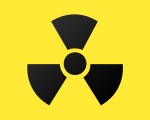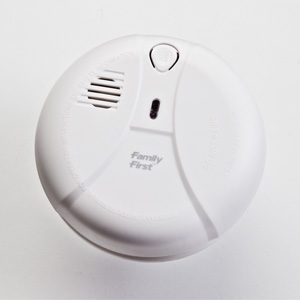Why are there ionisation and photoelectric smoke alarms?
Question
What is the difference between ionisation and photoelectric smoke alarms (detectors)? Which one is best for me and that I should purchase?
Answer
The photoelectric type is the superior choice between ionisation and photoelectric smoke alarms. Why? We explain…
Photoelectric sensing technology
Photoelectric smoke alarms are generally more sensitive to larger particles which tend to be produced in greater amounts by smouldering fires, which may smoulder for hours before bursting into flames. Once again, smoke alarms are meant to give you extra time to evacuate from a fire, or take action against one if safe to do so.
Key advantages of photoelectric smoke alarms:
- No radioactive components are used.
- Early detection of smouldering fires.
- Reduced ‘false alarms’ such as from cooking and burning the toast in the morning.
Ionisation sensing technology
Ionisation smoke alarms are generally more sensitive to small particles which tend to be produced in greater amount by flaming fires, which consume combustible materials rapidly and spread quickly.

Smouldering fires, which photoelectric smoke alarms are better at detecting, can smoulder for quite some time before bursting into flames. In that time you could have potentially taken action against the smouldering fire and put it out, or at least safely evacuated and called the fire brigade.
I
onisation smoke alarms are identified by a radioactive symbol on the unit
Which type is more effective?
Ionisation smoke alarms meet sensitivity and performance requirements, however many experts believe they provide insufficient protection in typical residential fires.
- All Australian state fire authorities now recommend photoelectric smoke alarms.
The most significant problem identified among regions with smoke alarm legislation is a lack of enforcement and compliance monitoring.
